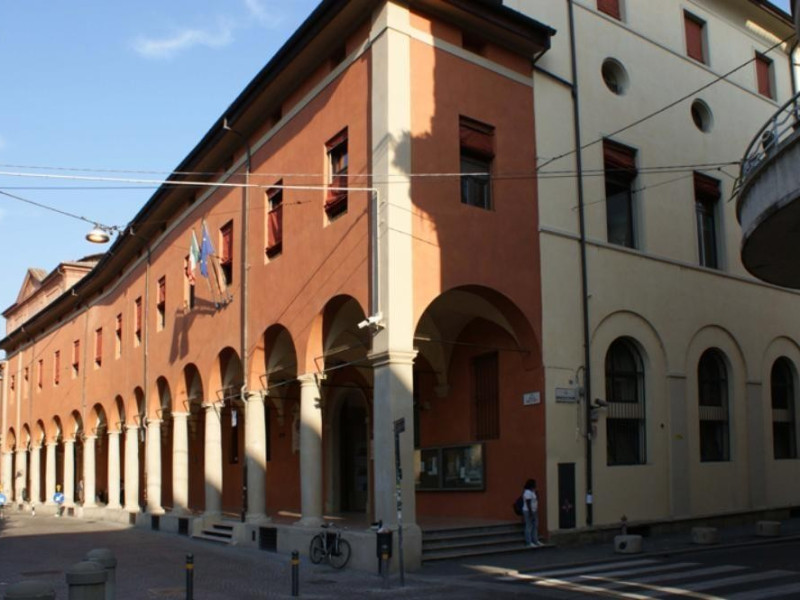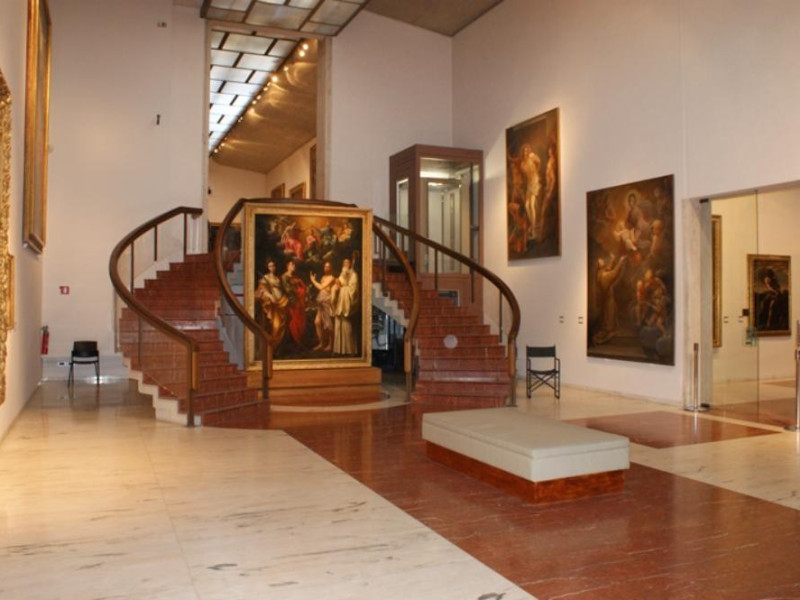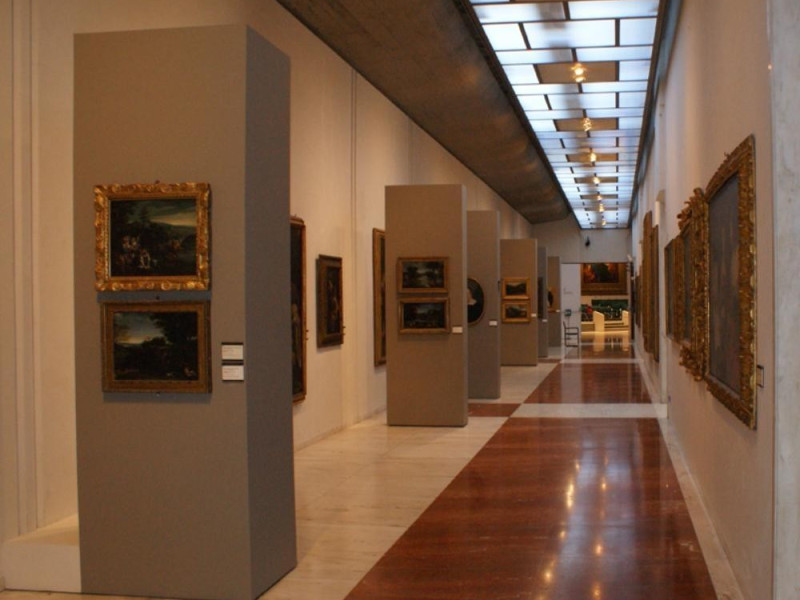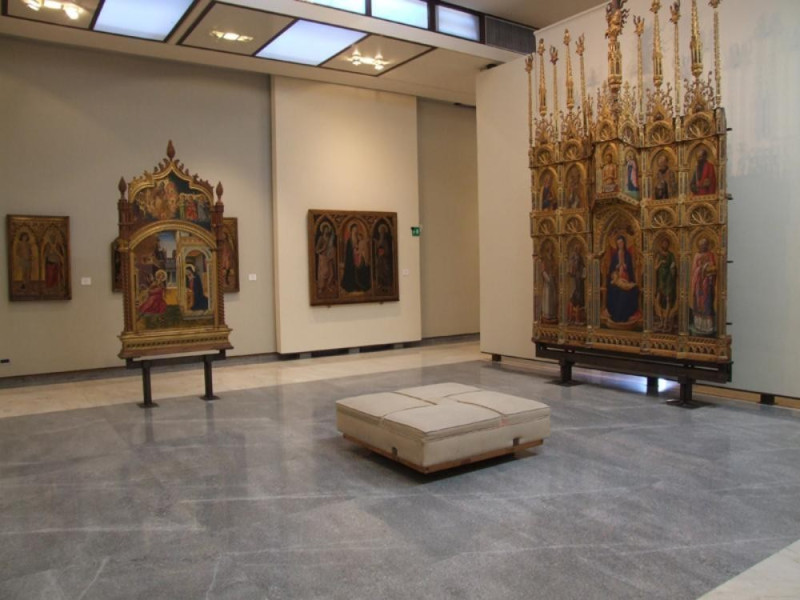Luogo - Museum
Pinacoteca Nazionale di Bologna
Where
Via delle Belle Arti 56, Bologna
<!--
/* Font Definitions */
@font-face
{font-family:"Cambria Math";
panose-1:2 4 5 3 5 4 6 3 2 4;
mso-font-charset:0;
mso-generic-font-family:auto;
mso-font-pitch:variable;
mso-font-signature:-536870145 1107305727 0 0 415 0;}
@font-face
{font-family:Cambria;
panose-1:2 4 5 3 5 4 6 3 2 4;
mso-font-charset:0;
mso-generic-font-family:auto;
mso-font-pitch:variable;
mso-font-signature:-536870145 1073743103 0 0 415 0;}
@font-face
{font-family:"MS Mincho";
mso-font-alt:"?? ??";
mso-font-charset:128;
mso-generic-font-family:modern;
mso-font-pitch:fixed;
mso-font-signature:-536870145 1791491579 18 0 131231 0;}
/* Style Definitions */
p.MsoNormal, li.MsoNormal, div.MsoNormal
{mso-style-unhide:no;
mso-style-qformat:yes;
mso-style-parent:"";
margin:0cm;
margin-bottom:.0001pt;
mso-pagination:widow-orphan;
font-size:12.0pt;
font-family:Cambria;
mso-fareast-font-family:"MS Mincho";
mso-bidi-font-family:"Times New Roman";}
.MsoChpDefault
{mso-style-type:export-only;
mso-default-props:yes;
font-size:10.0pt;
mso-ansi-font-size:10.0pt;
mso-bidi-font-size:10.0pt;
font-family:Cambria;
mso-ascii-font-family:Cambria;
mso-fareast-font-family:"MS Mincho";
mso-hansi-font-family:Cambria;}
@page WordSection1
{size:612.0pt 792.0pt;
margin:70.85pt 2.0cm 2.0cm 2.0cm;
mso-header-margin:36.0pt;
mso-footer-margin:36.0pt;
mso-paper-source:0;}
div.WordSection1
{page:WordSection1;}
-->
The National Art Gallery is located in the former
Jesuit novitiate of St. Ignatius. Today, the structure of the museum is
completely renovated (1997) according to the most modern principles of
conservation and museum construction, and offers visitors a fascinating
journey through Emilian painting from the thirteenth to the eighteenth
century.
It became one of the most important European Art collections, the art gallery was founded in 1808 as a picture gallery of the Fine Arts Museum and became independent in 1882. In the fourteenth century there are the works of Vitale, Jacopino (Pseudo) , Simone dei Crocefissi and Jacopo di Paolo, Giotto and Lorenzo Veneziano, in addition to one of the largest collections of fourteenth century frescoes taken from other places (like those from Church of Mezzaratta). In the Renaissance section there are paintings by Vivarini, Cossa and Costa, Perugino and Raffaello and the masterpieces of Parmigianino and Tiziano. The richest section of the seventeenth century offers rooms which are dedicated to the three, Carracci and Guido Reni, Guercino, Domenichino and Tiarini. The exhibition concludes with works from the eighteenth century, Emilian (Crespi, Creti, Gandolfi). Upstairs is the “Gabinetto of Drawings and Prints”, filled with thousands of pieces, available to view on request.
It became one of the most important European Art collections, the art gallery was founded in 1808 as a picture gallery of the Fine Arts Museum and became independent in 1882. In the fourteenth century there are the works of Vitale, Jacopino (Pseudo) , Simone dei Crocefissi and Jacopo di Paolo, Giotto and Lorenzo Veneziano, in addition to one of the largest collections of fourteenth century frescoes taken from other places (like those from Church of Mezzaratta). In the Renaissance section there are paintings by Vivarini, Cossa and Costa, Perugino and Raffaello and the masterpieces of Parmigianino and Tiziano. The richest section of the seventeenth century offers rooms which are dedicated to the three, Carracci and Guido Reni, Guercino, Domenichino and Tiarini. The exhibition concludes with works from the eighteenth century, Emilian (Crespi, Creti, Gandolfi). Upstairs is the “Gabinetto of Drawings and Prints”, filled with thousands of pieces, available to view on request.




